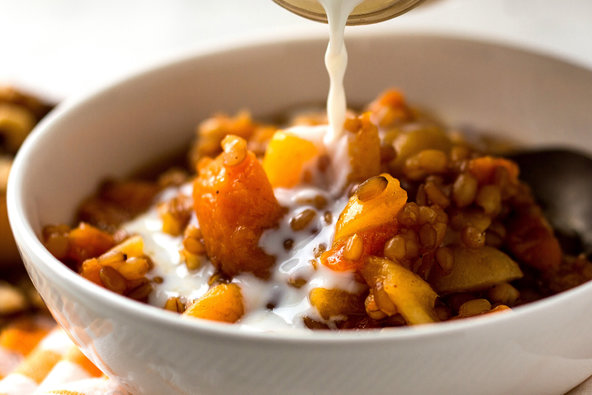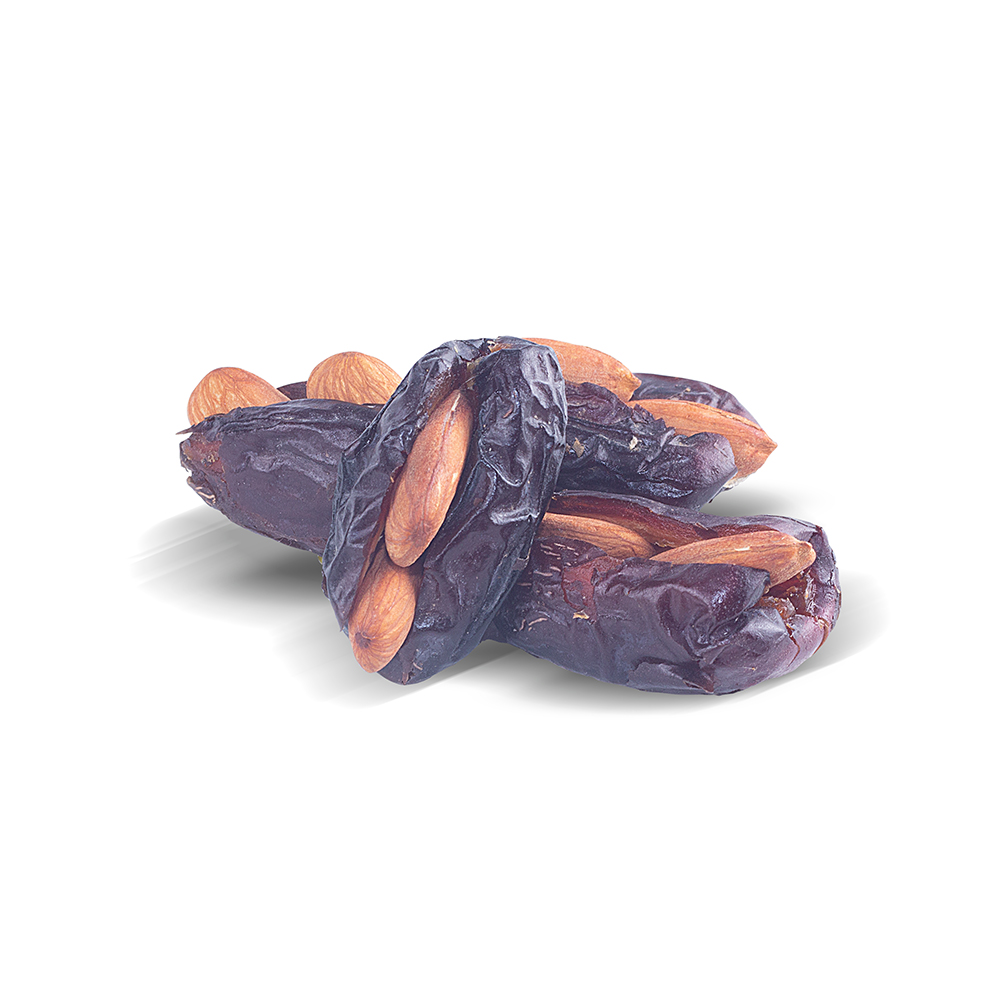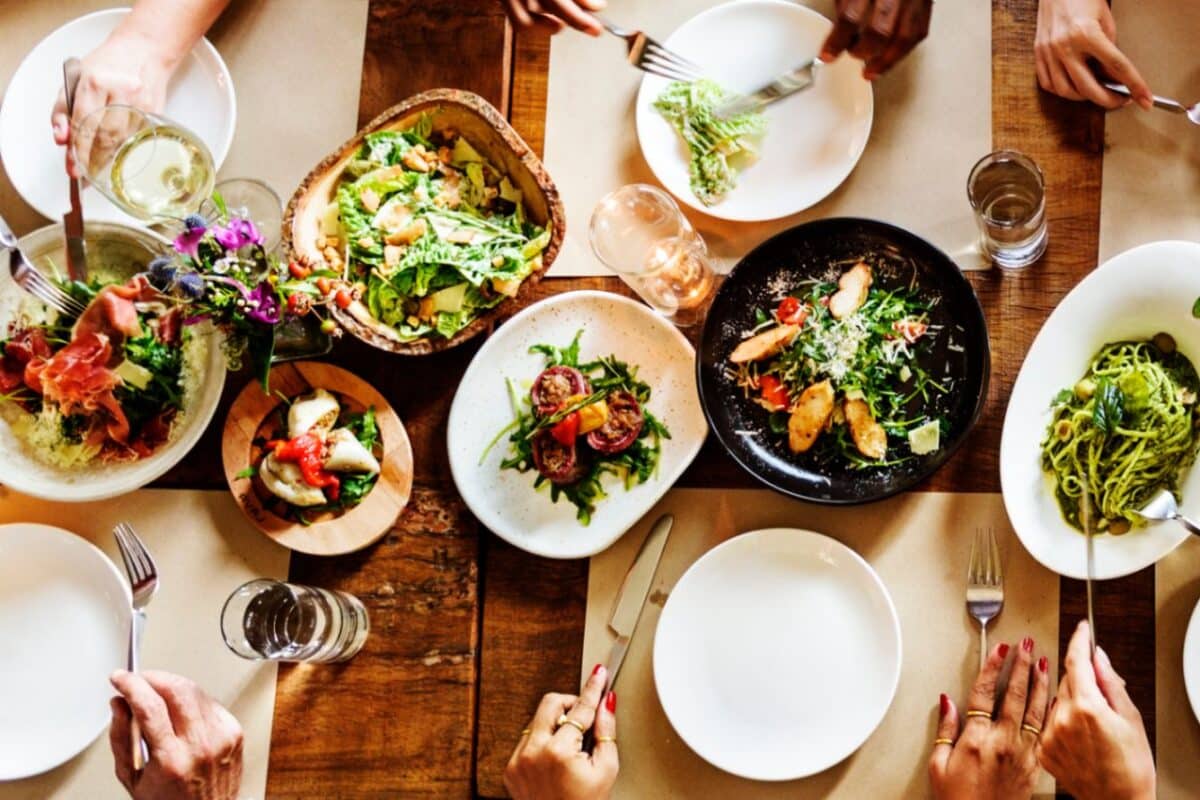Health
Cofeemanga: Exploring the Unique Blend of Coffee and Manga

Imagine sipping on a rich, aromatic coffee while flipping through the vibrant pages of your favorite manga. Welcome to the world of cofeemanga, a delightful fusion of two beloved cultures: coffee and manga. This unique concept has taken the world by storm, combining the relaxing ambiance of a café with the imaginative escape offered by manga. But what exactly is cofeemanga, and why has it become such a global phenomenon?
The Origins of Cofeemanga
Cofeemanga finds its roots in Japan, a country known for its deep appreciation of both coffee and manga. The concept emerged as themed cafes began to flourish, offering patrons not just a beverage, but an experience. Manga, a staple of Japanese pop culture, provided the perfect thematic backdrop.
Cultural Significance in Japan
In Japan, cafes are more than just places to grab a quick coffee; they are social hubs. Integrating manga into these spaces capitalized on the cultural importance of storytelling and artistic expression, making cofeemanga cafes a natural evolution.
The Blend of Coffee Culture and Manga Art
The true charm of cofeemanga lies in its seamless blend of coffee culture and manga art. These cafes often feature walls adorned with manga panels, coffee cups with manga-inspired designs, and tables scattered with popular manga titles.
Popularity Among Different Age Groups
One of the most intriguing aspects of cofeemanga is its broad appeal. From teenagers to adults, manga lovers of all ages find joy in these themed cafes. It’s a space where generations converge over shared interests.
Famous Cafes in Japan
Japan, the birthplace of cofeemanga, boasts some of the most famous themed cafes. From Tokyo’s bustling streets to Kyoto’s serene alleys, these cafes have become iconic destinations for manga and coffee enthusiasts alike.
Expansion to Other Countries
The cofeemanga craze didn’t stay confined to Japan. Cities like Seoul, New York, and Paris have embraced the trend, opening their own versions of these themed cafes. Each brings a unique twist while maintaining the core essence of cofeemanga.
Interior Design
Step into a cofeemanga cafe, and you’re greeted by a visual feast. The interior design is often a blend of cozy coffee shop aesthetics with vibrant manga art. Think rustic wooden tables paired with colorful wall murals.
Manga-Themed Décor
From action figures and posters to themed furniture, every element contributes to the manga experience. Even the smallest details, like napkins and coasters, are often adorned with manga characters.
Music and Ambiance
The ambiance is completed with carefully selected music, often featuring anime soundtracks or mellow tunes that create a relaxing atmosphere perfect for reading and unwinding.
Signature Coffee Drinks
Cofeemanga cafes pride themselves on their unique coffee offerings. You might find drinks named after famous manga characters or inspired by specific series, adding an extra layer of fun to your order.
Manga-Inspired Snacks and Desserts
It’s not just about the coffee; the food menu is equally enticing. From themed pastries to character-shaped desserts, these cafes offer a variety of treats that are as visually appealing as they are delicious.
Special Offerings and Limited Editions
Many cofeemanga cafes feature limited-edition items that tie into current manga trends or seasonal themes, making each visit a unique experience.
Extensive Manga Libraries
A defining feature of cofeemanga cafes is their extensive manga libraries. Patrons can choose from a wide selection of genres, from classic series to the latest releases.
Comfortable Reading Nooks
Comfort is key in these cafes. Cozy reading nooks with plush seating and good lighting make it easy to lose yourself in a manga for hours.
Borrowing and Purchasing Options
Some cafes even offer the option to borrow or purchase manga, allowing visitors to take a piece of the experience home with them.
Manga Artist Visits and Signings
Many cofeemanga cafes host events featuring popular manga artists. Fans can attend signings, meet their favorite creators, and gain insights into the world of manga.
Cosplay Events
Cosplay events are another highlight. Patrons are encouraged to dress as their favorite characters, adding a festive and interactive element to the cafe experience.
Manga Drawing Workshops
For those looking to hone their artistic skills, some cafes offer manga drawing workshops. These sessions, led by professional artists, provide valuable tips and techniques.
Instagram-Worthy Moments
Cofeemanga cafes are a social media dream. The aesthetic appeal of the decor, food, and overall ambiance makes them perfect for Instagram posts, drawing in more visitors eager to share their experience online.
Social Media Marketing Strategies
Many cafes leverage social media to promote events, menu items, and special offers. Engaging with fans online helps build a community around the cafe, driving repeat visits.
Encouraging Literacy and Creativity
Cofeemanga cafes play a role in promoting literacy and creativity. By providing access to a wide range of manga, they encourage reading and artistic expression among patrons.
Boosting Local Tourism
These cafes often become local attractions, drawing tourists and boosting the local economy. They create a unique cultural experience that adds to the appeal of the area.
Supporting Local Artists and Authors
By featuring local manga artists and hosting events, cofeemanga cafes support the local creative community. This fosters a vibrant artistic ecosystem that benefits both creators and fans.
Franchise Opportunities
Given their popularity, cofeemanga cafes present lucrative franchise opportunities. Entrepreneurs can capitalize on the established fanbase and proven business model.
Challenges and Opportunities
However, running a cofeemanga cafe isn’t without its challenges. From maintaining a fresh and engaging menu to keeping up with manga trends, there are various hurdles to overcome. But with these challenges come opportunities for innovation and growth.
What Visitors Say
Visitors to cofeemanga cafes often rave about the unique atmosphere, delicious coffee, and extensive manga collections. Many describe it as a haven for relaxation and creativity.
Reviews and Ratings
Online reviews and ratings consistently highlight the positive experiences of patrons, further cementing the appeal and success of these cafes.
Trends to Watch
The future of cofeemanga looks bright, with trends pointing towards more immersive experiences, such as virtual reality integrations and interactive manga storytelling.
Potential Growth Areas
There is also potential for growth in new markets, particularly in countries with burgeoning manga and anime fanbases. Expanding the concept to include more diverse genres and cultural influences could broaden its appeal even further.
Initial Steps
Starting your own cofeemanga cafe begins with thorough research. Understanding the local market, securing a suitable location, and curating a diverse manga library are crucial first steps.
Tips for Success
To succeed, focus on creating a welcoming atmosphere, offering high-quality coffee and food, and regularly updating your manga collection. Engaging with your community and leveraging social media can also drive growth and customer loyalty.
Conclusion
Cofeemanga cafes offer a unique blend of coffee culture and manga artistry that resonates with fans around the world. These themed cafes provide not just a place to enjoy a cup of coffee, but an immersive cultural experience that celebrates creativity and storytelling. As they continue to evolve and expand, cofeemanga cafes will undoubtedly remain beloved destinations for manga and coffee enthusiasts alike.
FAQs
What is the origin of cofeemanga?
Cofeemanga originated in Japan, combining the country’s love for coffee and manga into themed cafes that offer a unique cultural experience.
How do cofeemanga cafes choose their manga?
Cafes typically select a wide range of manga, from classic series to the latest releases, ensuring there’s something for every fan. They may also feature works from local artists.
Can you host private events at a cofeemanga cafe?
Yes, many cofeemanga cafes offer spaces for private events, such as birthday parties, corporate gatherings, or book clubs, often providing catering and themed decorations.
Are there vegan or gluten-free options available?
Most cofeemanga cafes strive to accommodate dietary preferences and restrictions by offering vegan and gluten-free options on their menus.
How can I find a cofeemanga cafe near me?
To find a cofeemanga cafe near you, search online or check social media platforms. Many cafes have active online presences and provide location details and operating hours.
Health
Ancient Grains for Breakfast: A Nutritious Start to Your Day

Breakfast is often called the most important meal of the day, and for good reason. A balanced breakfast can set the tone for the rest of your day, providing the energy and nutrients needed to start your morning right. In recent years, ancient grains have become a popular choice for breakfast, thanks to their rich nutritional profile and unique flavors. But what exactly are ancient grains, and why should you consider incorporating them into your morning routine?
What Are Ancient Grains?
Ancient grains are a group of cereals and seeds that have remained relatively unchanged for thousands of years. Unlike modern grains, such as wheat and corn, which have been heavily modified through selective breeding to increase yield and improve resistance to pests, ancient grains retain their original genetic composition. Some of the most well-known ancient grains include quinoa, spelt, farro, millet, amaranth, teff, barley, and kamut.
These grains have been cultivated for centuries by various civilizations and have recently gained popularity due to their health benefits, sustainable growth practices, and versatility in the kitchen.
The Nutritional Benefits of Ancient Grains
One of the key reasons ancient grains are gaining traction as a breakfast option is their exceptional nutritional value. They are packed with essential nutrients, including:
- Fiber: Most ancient grains are high in dietary fiber, which aids in digestion and helps maintain a healthy gut. A fiber-rich diet can also contribute to lower cholesterol levels and better blood sugar control.
- Protein: Many ancient grains, such as quinoa and amaranth, contain more protein than typical grains like rice or corn. Quinoa, in particular, is considered a complete protein, meaning it contains all nine essential amino acids that the body cannot produce on its own.
- Vitamins and Minerals: Ancient grains are excellent sources of vital vitamins and minerals, including iron, magnesium, potassium, and B vitamins, which are crucial for energy production and maintaining overall health.
- Antioxidants: Some ancient grains, such as teff and millet, contain higher levels of antioxidants than modern grains. Antioxidants help protect the body from oxidative stress and reduce inflammation.
Why Choose Ancient Grains for Breakfast?
Choosing ancient grains for breakfast can be a game-changer for your diet and overall health. Here are several reasons to consider incorporating them into your morning routine:
- Balanced Nutrition: Ancient grains provide a balanced combination of complex carbohydrates, protein, and healthy fats. This balance helps maintain energy levels throughout the morning, preventing the mid-morning slump often caused by high-sugar breakfast options.
- Sustained Energy Release: The complex carbohydrates found in ancient grains are digested more slowly than refined grains, providing a sustained release of energy. This slow digestion helps keep you feeling full longer and reduces the urge to snack between meals.
- Gluten-Free Options: For those with gluten sensitivities or celiac disease, several ancient grains, such as quinoa, millet, and amaranth, are naturally gluten-free, offering a safe and nutritious alternative to traditional wheat-based breakfast foods.
- Versatility and Flavor: Ancient grains come in a variety of flavors and textures, making them a versatile addition to your breakfast repertoire. They can be used in a wide range of dishes, from hot porridge to cold grain salads, granola bars, or even smoothies.
Delicious Ways to Enjoy Ancient Grains for Breakfast
There are countless ways to incorporate ancient grains into your breakfast. Here are a few ideas to get you started:
- Ancient Grain Porridge: Start your day with a warm bowl of porridge made from quinoa, farro, or amaranth. Cook the grains in milk or a dairy-free alternative, add a touch of honey or maple syrup for sweetness, and top with fresh fruits, nuts, and seeds for added flavor and nutrition.
- Granola with Ancient Grains: Create a homemade granola mix using a combination of oats, quinoa flakes, millet, and puffed amaranth. Add your favorite nuts, dried fruits, and a sprinkle of cinnamon for a crunchy, nutritious topping for yogurt or smoothie bowls.
- Breakfast Grain Bowls: Combine cooked ancient grains like farro or spelt with sautéed vegetables, a poached egg, and a drizzle of olive oil for a savory breakfast bowl. This protein-packed meal is perfect for those who prefer a hearty, savory start to their day.
- Ancient Grain Pancakes or Waffles: Mix quinoa flour or spelt flour into your pancake or waffle batter for a nutritious twist on a classic breakfast favorite. Top with fresh berries, a dollop of Greek yogurt, and a drizzle of honey for a deliciously healthy morning treat.
The Sustainable Choice
Beyond their nutritional benefits, ancient grains are also a more sustainable option for the environmentally conscious consumer. Many ancient grains are resilient crops that require fewer resources, such as water and pesticides, to grow compared to modern grains. They are often better suited to a variety of growing conditions, including drought-prone areas, making them an excellent choice for sustainable agriculture.
By choosing ancient grains for breakfast, you are not only nourishing your body but also supporting farming practices that are kinder to the planet.
Conclusion
Incorporating ancient grains into your breakfast routine is a simple yet effective way to enhance your diet and support your overall health. With their rich nutrient profile, delicious flavors, and versatility, ancient grains are a wholesome option that can help you start your day on the right foot. Whether you enjoy them in a warm porridge, a crunchy granola, or a savory breakfast bowl, ancient grains offer endless possibilities for a nutritious and satisfying breakfast.
Health
The Nutritional Powerhouse: Exploring the Benefits of Dry Fruits

Dry fruits, often referred to as dried fruits, have long been a staple in various cultures around the world. They offer a convenient and nutritious way to enjoy fruits year-round. This article delves into what dry fruits are, their health benefits, and how to incorporate them into your diet.
What Are Dry Fruits?
Dry fruits are simply fresh fruits that have had most of their water content removed through drying methods. This process concentrates the sugars, flavors, and nutrients, making dry fruits a sweet and nutritious snack. Common examples include raisins (dried grapes), apricots, figs, dates, and prunes.
Nutritional Benefits
- Rich in Vitamins and Minerals
- Iron: Dried apricots and figs are excellent sources of iron, which is crucial for blood health and preventing anemia.
- Potassium: Dates and prunes are high in potassium, which helps maintain healthy blood pressure and supports muscle and nerve function.
- Calcium: Some dry fruits, like figs, offer a good amount of calcium, important for bone health.
- High in Antioxidants
- Dry fruits are rich in antioxidants, which combat free radicals in the body. Antioxidants like flavonoids and polyphenols found in dry fruits can help reduce oxidative stress and inflammation.
- Dietary Fiber
- The drying process retains the fiber content of fruits, which aids in digestion and helps prevent constipation. Fiber also contributes to a feeling of fullness, which can be beneficial for weight management.
- Natural Sweeteners
- Dry fruits are naturally sweet and can be a healthier alternative to refined sugars in recipes. They provide a more complex flavor and additional nutrients compared to processed sweeteners.
Health Benefits
- Digestive Health
- The high fiber content in dry fruits promotes healthy digestion and regular bowel movements. For example, prunes are well-known for their natural laxative effect.
- Energy Boost
- Due to their high natural sugar content, dry fruits are an excellent energy booster. They provide a quick source of energy, making them a great snack for athletes or anyone needing a pick-me-up.
- Heart Health
- Many dry fruits contain heart-healthy nutrients. For instance, dates are rich in potassium, which helps regulate blood pressure and reduce the risk of stroke. Additionally, the antioxidants in dry fruits can contribute to heart health by reducing inflammation and improving cholesterol levels.
- Bone Health
- Certain dry fruits like figs are high in calcium, which is essential for maintaining strong bones and preventing osteoporosis.
Incorporating Dry Fruits into Your Diet
- Snacks
- Dry fruits make a great standalone snack. They are portable, easy to store, and require no preparation.
- Baking
- Add chopped dry fruits to baked goods like muffins, cookies, and bread for natural sweetness and extra texture.
- Salads and Sides
- dry fruits into salads or serve them as a side dish. They add a sweet contrast to savory flavors and increase the dish’s nutritional value.
- Trail Mixes
- Combine dry fruits with nuts and seeds to create a nutritious trail mix. This blend is perfect for a quick snack on the go or a healthy addition to your lunchbox.
- Breakfast
- Stir dry fruits into oatmeal, yogurt, or smoothies for a tasty and nutrient-rich start to your day.
Conclusion
Dry fruits are more than just a convenient snack; they are nutritional powerhouses that offer numerous health benefits. Packed with vitamins, minerals, and antioxidants, they can support overall health, enhance energy levels, and add delightful sweetness to a variety of dishes. By incorporating dry fruits into your diet, you can enjoy their many benefits while savoring their rich flavors.
Health
The Path to Wellness: Embracing Healthy Eating

In today’s fast-paced world, where convenience often trumps nutrition, the idea of healthy eating might seem like a daunting challenge. However, embracing a balanced diet is one of the most effective ways to improve overall health, boost energy levels, and prevent chronic diseases. Healthy eating isn’t about restrictive diets or deprivation; it’s about making informed choices that nourish your body and enhance your well-being.
Understanding Healthy Eating
Healthy eating involves more than just choosing fruits and vegetables over junk food. It’s about understanding the role different nutrients play in your body and how to incorporate them into your daily meals. A well-balanced diet includes:
- Fruits and Vegetables: These should be the cornerstone of your diet. They are rich in essential vitamins, minerals, and fiber. Aim for a variety of colors on your plate to ensure you’re getting a broad spectrum of nutrients.
- Whole Grains: Unlike refined grains, whole grains retain their nutrient-rich bran and germ. Foods like brown rice, quinoa, and whole-wheat products provide fiber, iron, and B vitamins.
- Lean Proteins: Proteins are vital for muscle repair and overall bodily functions. Opt for lean sources such as chicken, turkey, fish, beans, and legumes. Plant-based proteins are also a great choice for those looking to reduce their meat consumption.
- Healthy Fats: Not all fats are created equal. Unsaturated fats, found in avocados, nuts, seeds, and olive oil, can help lower bad cholesterol levels and support heart health. Limit saturated fats and avoid trans fats.
- Dairy or Dairy Alternatives: Dairy products are a good source of calcium and vitamin D, which are crucial for bone health. If you’re lactose intolerant or prefer plant-based options, fortified almond milk or soy milk are excellent alternatives.
Tips for Making Healthier Choices
- Plan Your Meals: Planning ahead helps you make better food choices and avoid the temptation of unhealthy snacks. Creating a weekly meal plan and shopping list can make the process easier.
- Portion Control: Even healthy foods can contribute to weight gain if consumed in large quantities. Be mindful of portion sizes, and listen to your body’s hunger and fullness cues.
- Stay Hydrated: Water is essential for all bodily functions. Aim to drink plenty of water throughout the day, and limit sugary beverages and excessive caffeine.
- Cook at Home: Preparing meals at home gives you control over the ingredients and cooking methods, making it easier to maintain a healthy diet. Experiment with new recipes and cooking techniques to keep meals interesting.
- Read Labels: When purchasing packaged foods, check the nutritional labels. Look for items with lower amounts of added sugars, sodium, and unhealthy fats.
- Mindful Eating: Pay attention to what and when you eat. Avoid eating in front of the TV or computer, and take the time to savor your meals. This can help you enjoy your food more and prevent overeating.
The Benefits of Healthy Eating
Adopting a healthy eating pattern can have profound effects on your overall health. Here are some key benefits:
- Improved Heart Health: A diet rich in fruits, vegetables, whole grains, and healthy fats can help lower the risk of heart disease and stroke.
- Better Weight Management: Eating a balanced diet helps regulate weight by providing essential nutrients and promoting satiety.
- Enhanced Energy Levels: A well-rounded diet supports steady energy levels throughout the day, reducing the likelihood of fatigue and irritability.
- Stronger Immune System: Nutrient-dense foods boost your immune system, making it easier for your body to fight off infections and illnesses.
- Reduced Risk of Chronic Diseases: Healthy eating can lower the risk of developing chronic conditions such as diabetes, hypertension, and certain cancers.
Conclusion
Healthy eating is a lifelong journey rather than a quick fix. By making thoughtful food choices and adopting balanced eating habits, you can pave the way to a healthier, more vibrant life. Remember, small changes can lead to significant improvements over time. Start by incorporating a few healthy habits into your daily routine, and gradually build on them. Your body will thank you for the effort, and you’ll enjoy the many benefits that come with nourishing your health through food.
-

 Health4 months ago
Health4 months agoChicken Calories: Exploring Nutritional Benefits and Culinary Versatility
-

 Games4 months ago
Games4 months agoExploring the Fascinating World of HSNIME
-

 Blog4 months ago
Blog4 months agoUnlocking zVideo: Your Comprehensive Guide
-

 News4 months ago
News4 months agoRai Van: Discover Its Importance In Modern Transportation 2024
-

 Business4 months ago
Business4 months agoPrince Narula Digital PayPal: Your Ultimate Guide
-

 Fashion4 months ago
Fashion4 months agoYour First Eyelash Extensions Experience Awaits: A Guide to Luscious Lashes
-

 Entertainment4 months ago
Entertainment4 months agoHow to Use Hurawatch From Your PC — LoftyCoCo
-

 Health4 months ago
Health4 months agoAlevemente: Exploring the Essence of Tranquility and Wellness
